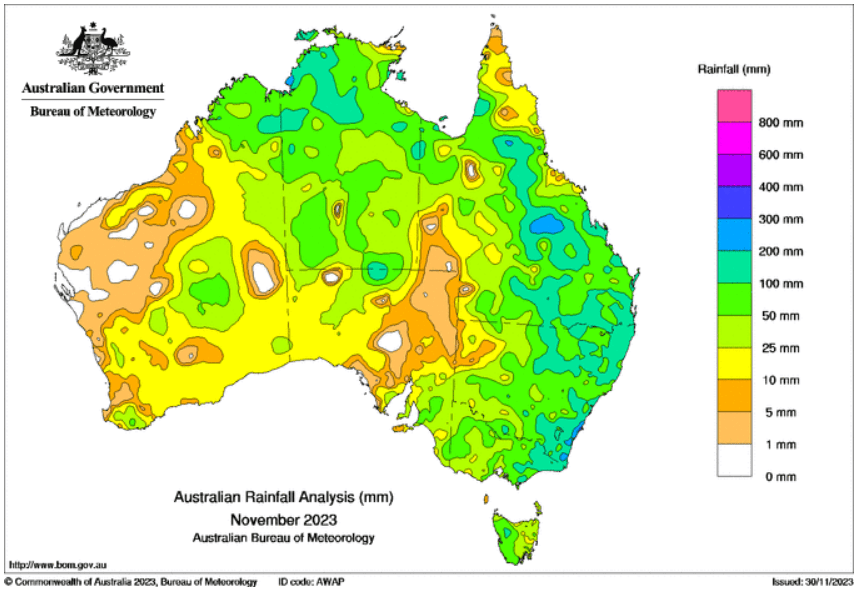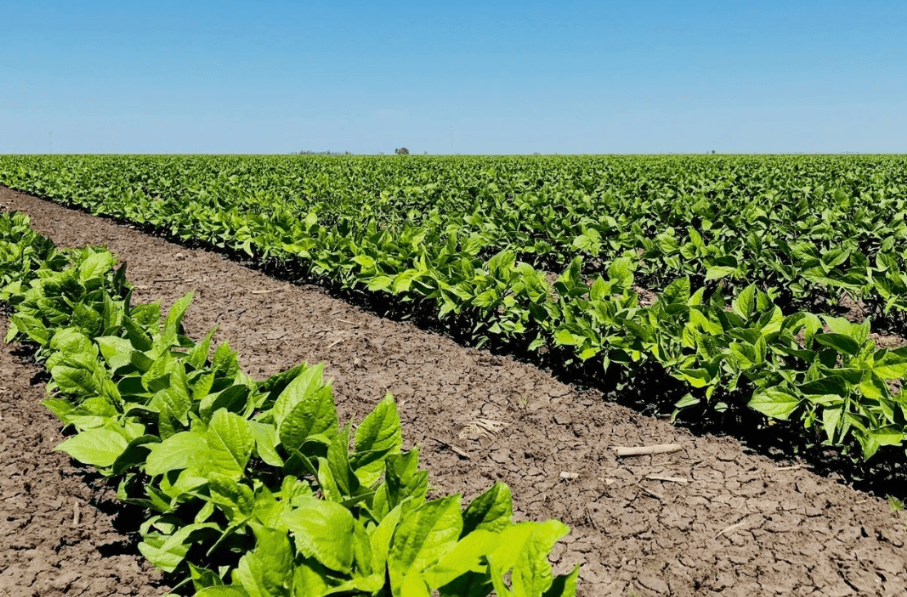Over the past fortnight, growing regions in Central and southern Qld and northern NSW have had at least 50mm of rain, and some have seen totals in excess of 100mm.
Deacon Seeds general manager Mark Schmidt said most growers in southern Qld and northern NSW have received enough rain to consider planting a summer crop.
“It changed everyone’s optimism overnight,” Mr Schmidt said.
“Going back four or five weeks ago, our best scenario was patchy storms and hoping we get enough storms to marry the gaps up, but to have this widespread rain come through when it did, has been unbelievable and really welcome by growers and everyone in agriculture.
“There are still areas that didn’t quite get enough rain to marry up the moisture profile, but the growers that now have a full profile have the option to consider what crop they do plant.”
He said while sorghum and cotton were still an option, mungbeans were an attractive choice for growers wanting to wait to plant, or those whose paddocks were still too wet.
“Some of the country is really wet, so if they get another shower it’s going to push their planting window back and that will more favour the mungbean planting as we get closer to that Christmas period.”
In southern Qld and northern NSW, mungbeans are typically planted in December and January, while CQ growers ideally plant from mid-January.
The Darling Downs remains the key growing region for mungbeans.
Nutrien Ag Solutions Dalby agronomist Angus Dalgliesh said the rain has prompted further interest in mungbeans, with some growers unable to plant dryland cotton or sorghum crop on the current moisture levels.
“The conversation around mungbeans is growing stronger and stronger every day,” Mr Dalgliesh said.

Bureau of Meterology stations recorded 50-100mm or more of rain in Australia’s mungbean-growing areas last month. Source: BOM
Positive NSW prospects
Mr Deacon said this well-timed rainfall could also improve the prospects for mungbeans in northern NSW.
“Most of northern NSW had pretty good rain and sorghum is not a major crop down there, so most growers would be starting to consider mungbeans as one of their cropping options.”
He said over the past five years, NSW has been “hit and miss with rainfall” and this has reduced its mungbean area.
“There haven’t been too many years where there has been widespread rainfall this early in the season to give them the option of mungbeans.
“It is the perfect window of opportunity to mungbeans in NSW.”
WeedSmart northern extension agronomist Paul McIntosh said NSW growers would be keen to commence mungbean planting on the back of the recent rain.
“If they aren’t buying seed and putting it in the ground, they will soon,” Mr McIntosh said.
“It is possibly a bit early, but you just don’t know what the weather is going to do in three or four weeks time.
“It is pretty hard to say: ‘Don’t plant until January’ when there is moisture there now.
“We have moisture now, so we have the option to plant now or delay sowing until later on.”
Mr McIntosh said while some evaporation occurred, the subsoil moisture levels survived the heat and humidity which followed the rain events.
“It has filled up the profile reasonably well so that’s a good thing for summer plantings.
“The moisture really soaked in and didn’t run off too much which is a good thing for growers…compared to a few weeks ago.”
Follow-up rain needed
Mr Schmidt said whether planted in December or January, growers would still be looking for decent follow-up rain during the mungbean flowering window.
“We’d probably expect a reasonable-sized crop to get planted, but everything will hinge on some follow-up rain for everyone that wants to plant in that December-January period.
“Rain in the growing period is what we need to finish off all the crops.
“In the perfect world, 35-40 days after planting is the perfect time for rain for mungbeans.”
Last season, Australia’s mungbean crop was one of the smallest on record at around 55,000 tonnes due to the combination of flooding at the start of the planting season and dry conditions at its end.
The mungbean industry would be hoping to produce closer to the five-year average of 90,000t.
Fuente, Grain Central

